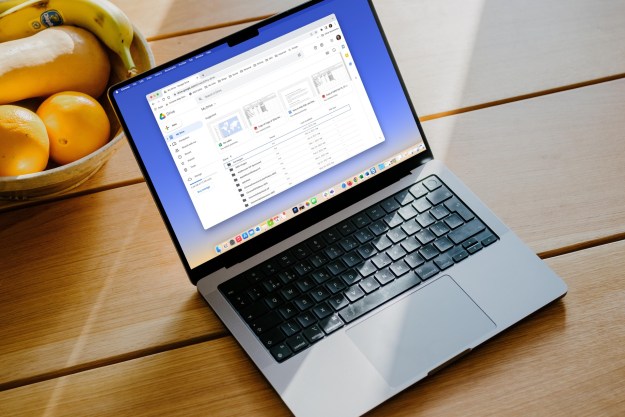Salon Media Group now offers a method to block advertisements on its Salon website, but there’s a catch: you must allow the company to mine digital coins in the background. This requirement stems from the company’s FAQ explaining why visitors receive a popup when loading the Salon website using an advertisement blocker.
Product manufacturers and service providers create revenue for television, magazines, and newspapers through advertisements. Even if you don’t purchase or subscribe to a related product, media outlets still get paid for displaying those advertisements. But that relationship is a bit different online: If you block advertisements, websites don’t get a piece of the per-page-view advertisement revenue pie.
“Like most media companies, Salon pays its bills through advertising and we profoundly appreciate our advertising partners and sponsors,” the company says. “In this traditional arrangement between reader and publisher, we are able to offer our readers a free reading experience in exchange for serving them ads.”
Because Salon is an online-only media outlet, it doesn’t have the additional revenue generated from print like newspapers and magazines. It depends solely on advertisements and doesn’t get paid to create content with ad blockers on. That said, Salon came up with two alternatives for readers who don’t want advertisements splashed across the pages: Purchasing the ad-free app for Android and iOS or let the company mine digital coins in the background.
The argument is that when browsing Salon, you’re not using the full hardware potential of your PC’s processor. The company wants to use this untapped resource to generate Monero, a specific type of cryptocurrency (digital cash) that is secure, private, and untraceable. To do this, the Salon website will include a special mining script within the webpage code to generate coins by accessing your processor.
Unfortunately, the mining process won’t be invisible. As we have seen with other websites using mining code in the background, processor use goes into high gear, activating all related fans to cool the chip and its surrounding area. The PC’s performance could significantly drop in the process until you close the tab displaying Salon’s website. The company even admits that you will hear fans running during the mining process.
“We automatically detect your current processing usage and assign a portion of what you are not using to this process,” the FAQ states. “Should you begin a process that requires more of your computer’s resources, we automatically reduce the amount we are using for calculations. This process will use more of your computer power and electricity than if you were browsing the site without an ad blocker.”
If Salon readers decide to let the company mine Monero in the background, advertisements will not appear on its pages. Salon will save your opt-in preference for 24 hours. After that, you’re required to opt-in again for another 24 hours.
Salon confirms that the mining feature does not require an additional download and is not installed on your PC. The mining script also does not access personal files or information while utilizing your PC’s CPU.


